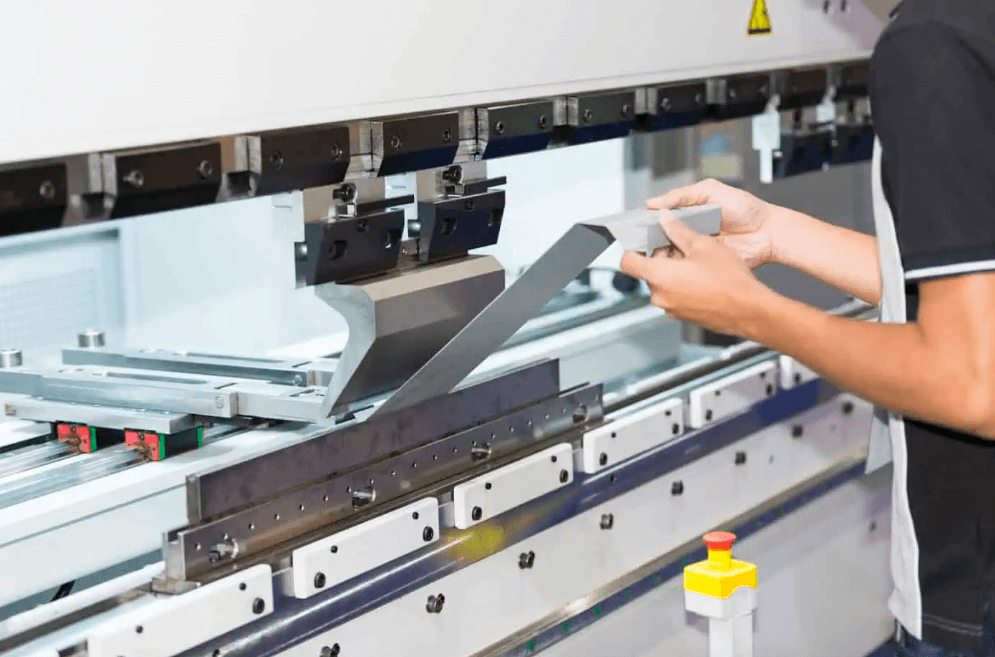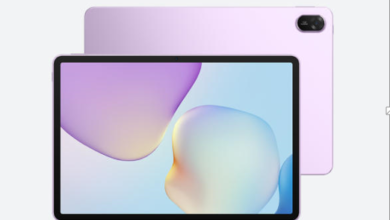Introduction
Sheet metal fabrication is a vital process in modern manufacturing that involves shaping flat sheets of metal into various structures and components. From enclosures for electronics to automotive body panels and architectural frameworks Sheet Metal Fabrication is used across nearly every industry. The combination of flexibility, precision, and durability makes this manufacturing method indispensable in today’s industrial landscape.
This article explores the sheet metal fabrication process in depth, highlighting the methods, materials, tools, applications, and what to consider when choosing a fabrication service.
What Is Sheet Metal Fabrication?
Sheet metal fabrication refers to a series of processes that transform sheet metal into functional parts or finished products.
The process is ideal for creating both simple and complex geometries, offering manufacturers the ability to produce custom parts with high strength-to-weight ratios.
Core Fabrication Processes
Cutting
It involves trimming the metal into the desired size or shape using various methods:
- Laser cutting: Offers high precision and is ideal for detailed work.
- Plasma cutting: Faster and suitable for thicker metals.
- Waterjet cutting: Uses high-pressure water and abrasives to cut without heat, preserving the material’s properties.
Bending
After cutting, metal sheets are bent to form angles and curves. This is commonly done using press brakes, which apply force along a straight axis to achieve the desired bend.
Punching
A punch press uses a die to shear sections of the metal, and it can be programmed for complex patterns and high-volume production.
Assembling
Assembly might include fastening, riveting, or screwing parts together. In many cases, fabricated parts are assembled with other components to form finished products.
See also: The Role of AI Face Swap Technology in Virtual Influencers
Surface Finishing Techniques
Surface finishing is an important aspect of sheet metal fabrication. It improves both appearance and resistance to corrosion. Common finishing methods include:
- Powder coating: Applies a protective, colored layer that is heat-cured for durability.
- Electroplating: Adds a thin layer of metal (e.g., nickel or chrome) to enhance wear resistance.
- Polishing and brushing: Enhances aesthetics, especially for visible parts in consumer goods.
Benefits of Sheet Metal Fabrication
Customization
One of the greatest advantages of sheet metal fabrication is the ability to create customized parts to exact specifications. Whether for prototyping or mass production, fabricators can adjust dimensions, features, and finishes easily.
Cost-Effective
Fabrication is cost-efficient for both small and large production runs. Standard sheet sizes and automated equipment help reduce waste and labor costs.
Durability
Fabricated metal components can withstand extreme temperatures, impact, and corrosion, making them reliable in demanding applications.
Scalability
The process is highly scalable. Once a design is finalized, it can be quickly replicated in large volumes using CNC-controlled machines.
Applications in Various Industries
Automotive
In the automotive sector, sheet metal fabrication is used to create frames, panels, brackets, and other critical components. The strength and lightweight nature of metals like aluminum help improve fuel efficiency and safety.
Construction
From ductwork and roofing panels to steel framing and structural elements, construction projects rely heavily on fabricated sheet metal. The durability and design flexibility it offers are key for modern buildings.
Aerospace
Precision and weight are crucial in aerospace applications. Sheet metal is used in aircraft fuselages, interior panels, and engine components due to its strength and resistance to environmental stress.
Electronics
Sheet metal is ideal for electronic enclosures, control panels, and heat sinks. It provides protection, conductivity, and ease of mounting for sensitive components.
Medical Equipment
Hospitals and laboratories use fabricated sheet metal for cabinets, instrument enclosures, and even surgical tools.
Choosing a Sheet Metal Fabrication Partner
Finding the right fabrication partner can make a big difference in quality, cost, and lead time. Here are factors to consider:
Experience and Capabilities
Choose a company with experience in your industry. They should offer advanced equipment and skilled technicians capable of handling complex projects.
Quality Control
Look for ISO certifications, material traceability, and quality inspection protocols. These indicate a commitment to consistent and high-quality outcomes.
Design Support
Some fabricators offer engineering support to refine your designs for manufacturability. This service helps reduce costs and ensures your part can be fabricated without issues.
Lead Time
Ask about turnaround times and capacity. A well-equipped fabricator should handle urgent projects without compromising on quality.
Communication
Effective communication ensures your specifications are met and any changes are quickly implemented. Clear project timelines and updates are a must.
Innovations in Fabrication
Technology is reshaping the sheet metal fabrication industry. Modern techniques such as:
- 3D CAD modeling
- CNC automation
- Laser scanning for reverse engineering
- Robotic welding
…are making fabrication faster, more accurate, and more versatile than ever. These innovations allow fabricators to meet higher standards and create more complex parts with fewer errors.
Sustainability in Fabrication
As sustainability becomes a global priority, many sheet metal fabrication shops are adopting eco-friendly practices:
- Recycling scrap metal
- Using energy-efficient machines
- Opting for non-toxic surface coatings
- Reducing water and chemical waste
Conclusion
Its applications span across vital sectors such as automotive, aerospace, electronics, and construction, making it an essential process in today’s industrial economy.
Choosing a capable sheet metal fabrication partner means considering their experience, equipment, quality control, and ability to meet your unique design and production needs. With the right fabrication service, you can turn metal sheets into precision-engineered components that drive innovation, functionality, and durability across industries.





